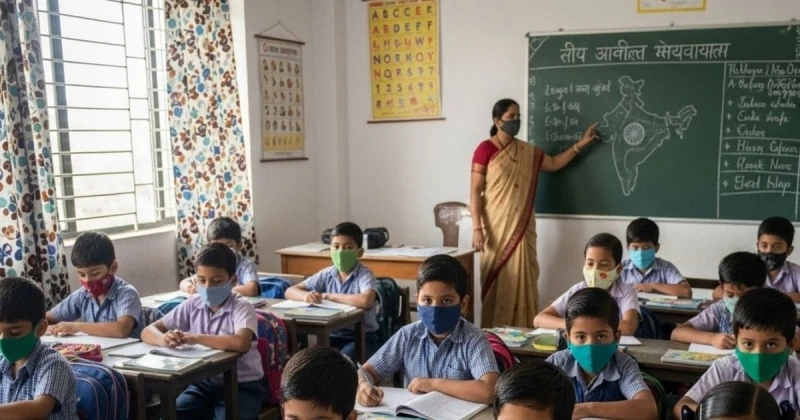The conclusion was drawn from the National Clinical Registry of COVID-19, in which data was collected about hospitalised patients from 37 medical facilities.”There were two time periods which we studied. One was November 15 to December 15, which was presumed to be dominated by the strain of Delta, and the other was December 16 to January 17, when the presumed dominant strain was Omicron,” he said.As many as 1,520 hospitalised individuals were analysed, and their mean age during this third surge was about 44 years, a slightly younger population, Bhargava said.”Having said that, the co-morbidities present in this younger population were pretty high. About 46 per cent had co-morbidities, these are the people who are younger…but nearly half of them had some co-morbidities and their symptoms were much less. But the predominant symptom, which is higher in this population during the January period, was sore throat. Sore throat was more common than the earlier period,” he said.
Source link

महाराष्ट्र के स्थानीय निकाय चुनाव संविधानिक मामले में उच्चतम न्यायालय के निर्णय के अधीन आगे बढ़ सकते हैं।
नई दिल्ली: शुक्रवार को सुप्रीम कोर्ट ने कहा कि महाराष्ट्र राज्य चुनाव आयोग स्थानीय निकाय चुनावों के लिए…




